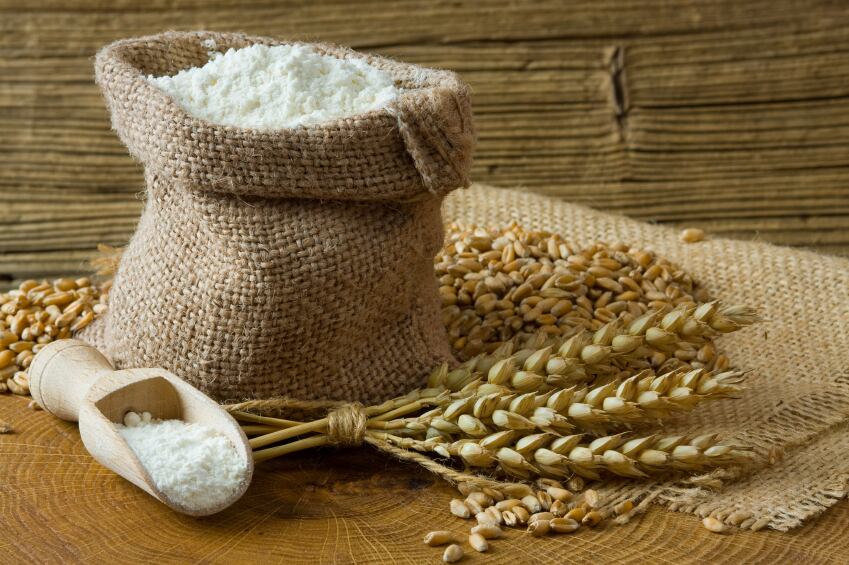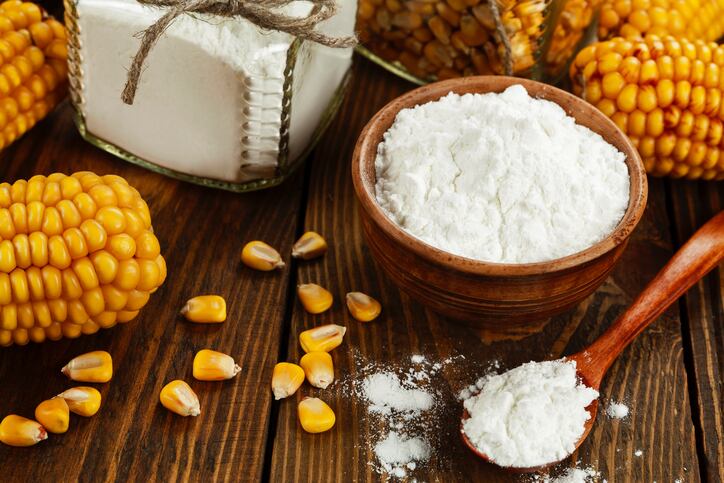According to a recent review paper, published in the journal Comprehensive Reviews of Food Science and Food Safety, high amylose starches (HAS) offer a number of “unique functional properties” and “enhanced nutritional values”.
Health gains: Fibre functionality and fatty acids
This is because distinctive structural features of HAS mean that they are not fully broken down in the small intestine, whereas regular starches are more rapidly digested. HAS therefore provoke a lower glycaemic response compared to normal starches.
Health Claims
The EU has authorised the following health claim for resistant starch: ‘Replacing digestible starches with resistant starch in a meal contributes to a reduction in the blood glucose rise after that meal.’ The claim was authorised by Regulation (EU) 432/2012 (2012) following a positive opinion from EFSA in 2011. The claim may be used only for food in which digestible starch has been replaced by resistant starch so that the final content of resistant starch is at least 14 % of total starch.
“Achieving 14% RS as of total starch is not a big deal. For example, a food that contains 60 gm starch, 8.4 gm of RS is enough to make the claim,” Dr. Dhital suggested.
Moreover, non-digested starches in the small intestine – resistant starch (RS) – pass to the colon where they behave like dietary fibre, the report’s co-author Dr. Sushil Dhital, of the Centre for Nutrition and Food Sciences at the Queensland Alliance for Agriculture and Food Innovation, told FoodNavigator.
Higher levels of fibre consumption are associated with a lower risk of several metabolic diseases such as cardiovascular diseases, type 2 diabetes, and colorectal and breast cancer
“In the colon, RS is fermented by colonic microorganisms and the end products of fermentation, such as short-chain fatty acids, are known to have numerous health benefits, including lowering the risk of colorectal cancer and increasing immune function,” Dr. Dhital explained.

The colonic fermentation of resistant starch produces short-chain fatty acids (SCFAs) such as butyrate, acetate, and propionate. These SCFAs serve two important functions: they reduce the pH of the colon, making it unfavorable for the proliferation of “undesirable bacteria”, and provide an energy source for cells lining the colon and protect the mucous layer covering the cell lining.
“They improve the health of colon cells and inhibits the growth and proliferation of tumor cells,” Dr. Dhital summarised . “A few reports… also suggest that SCFA induce apoptosis, or programmed cell death, of damaged cells before they can become malignant.”
Additional health outcomes linked to SCFAs in the colon include immune and anti-inflammatory function and weight management benefits associated with the up-regulation of satiety hormones increasing both short-term and long-term satiety.
Functional properties unlock reformulation opportunity
While the health benefits of dietary fibre are well documented, Dr. Dhital said the “big question” is why we still aren’t eating enough.
Alongside factors like the need for increased education, Dr. Dhital suggested the “sensory and taste” characteristics of fibre-enriched products are often viewed as “inferior”.
“For example, the addition of soluble fibre such as pectin or beta-glucan increases the viscosity when hydrated. We generally do not like a “slimy” feeling on our tongue. Products made from the addition of soluble fibre also often do not look appealing.
“On the other hand, insoluble fibre like cellulose or wheat bran increase the coarseness of the products. For example, there is still a large population, including children, that does not like wholemeal bread and prefers soft white bread.”
Another issue is both soluble and some insoluble fibres hold water, meaning they can only be added to formulations up to a certain limit, often just 1-2%.
“These problems, however, can be overcome with resistant starch. Resistant starch is a condensed source of fibre. Processors can easily add 20-30 % HAS in their formulations replacing wheat flour or other starches with minimum effect on sensory properties. As HAS do not swell and absorb water as much as many other dietary fibres, they are processing friendly,” Dr. Dhital noted.
“HAS can be easily incorporated in products like bread, biscuits, cookies, pasta, muffins, cakes and breakfast cereals.”
So why the low uptake?
HAS were developed in the 1940s and currently the most common commercially available source is derived from maize.
Yet, in spite of the functional and health benefits of HAS, Dr. Dhital noted food processors have “limited interest” in incorporating HAS in their formulations.
“Even though there are known and proven benefits of RS, most diets still have low amounts of RS and we are struggling to meet the recommended daily intake of DF from our diet. This is mainly due to excessive consumption of processed foods as well as the lack of availability of an adequate source of high fiber ingredients. There are some food products with added HA maize starches but not many.
“High amylose maize starch, though commercially available, is not widely used by processors in food formulations.”
The food scientist attributed this to three issues. Firstly, additional “processing hassle” – needing to sources an additional, more expensive, ingredient that requires additional production steps for proper mixing. Secondly, the “unique flavour” of HA maize starch, which differs from wheat flour. And finally, Dr. Dhital said, in many of the cases, replacement of wheat flour with HA maize starch requires the addition of gluten.
Ingredients innovation and the development of HA wheat flour can help overcome these issues. “The commercialization of high amylose wheat flour will certainly open a new area of food formulations with increased RS and fiber,” Dr. Dhital predicted.

“With the availability of HA wheat flours, processors can directly use these flours to formulate products with an elevated level of RS, a dietary fiber. Thus the processor has the opportunity to make both RS and fibre claims. HA wheat flour-based products are likely to have better nutritional functionality in terms of lowering the glycemic response as well as improved colonic health. This will be a win-win situation for consumers and processors.”
Source
‘High-Amylose Starches to Bridge the “Fiber Gap”: Development, Structure, and Nutritional Functionality’
Comprehensive Reviews in Food Science and Food Safety
DOI: 10.1111/1541-4337.12416
Authors: Haiteng Li , Michael J. Gidley, and Sushil Dhital

